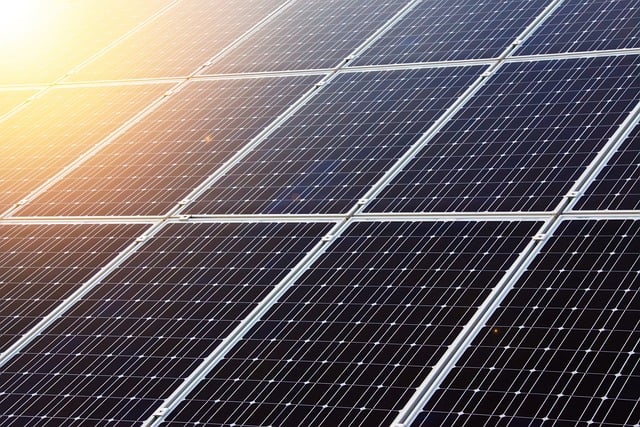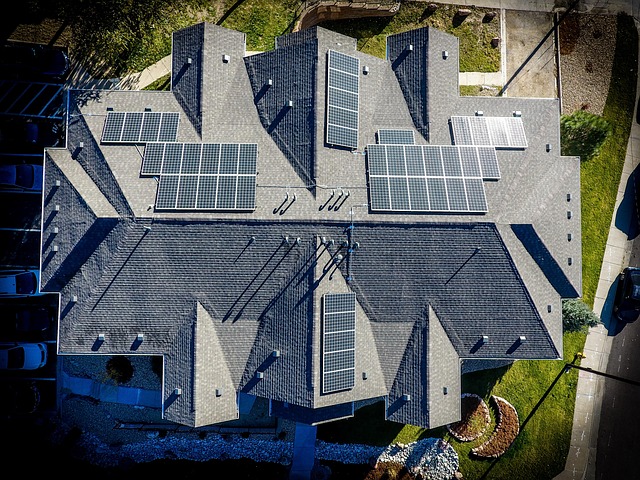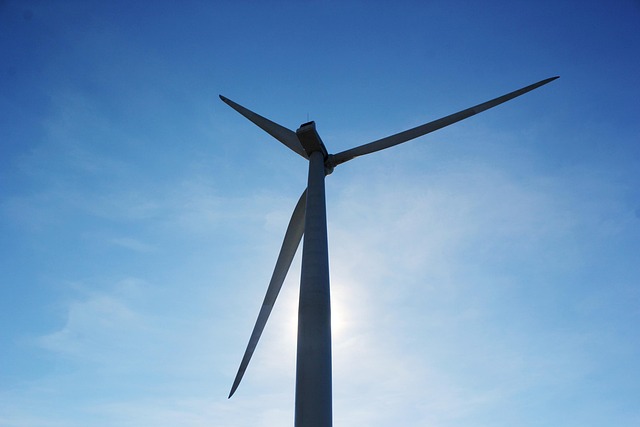Green Power: The Intersection of Sustainable Energy and Economic Growth
As the world faces the pressing challenges of climate change, depleting natural resources, and increasing energy demands, the focus on sustainable energy solutions has gained unprecedented momentum. The term “green power” refers to energy derived from renewable resources such as solar, wind, hydro, and geothermal, which are crucial not only for sustainable development but also for fostering economic growth. This article delves into the various facets of green power, exploring its potential to transform economies, create jobs, and promote energy independence while mitigating environmental impacts.
Understanding Green Power
Green power is a subset of renewable energy that specifically refers to electricity produced from renewable resources that provide the highest environmental benefit. These sources include:
- Solar energy
- Wind energy
- Hydropower
- Geothermal energy
- Biomass
Unlike fossil fuels, which are finite and generate significant greenhouse gas emissions when burned, green power sources are inherently sustainable and contribute to a cleaner environment. Green power can play a pivotal role in reducing carbon footprints and improving air quality, making it a viable solution for combating climate change.
The Economic Benefits of Green Power
Transitioning to green power is not solely an environmental imperative but also an economic opportunity. Several key benefits underscore how sustainable energy can stimulate economic growth:
Job Creation
One of the most significant economic benefits of green power is job creation. As the renewable energy sector expands, so does the demand for skilled labor. From manufacturing solar panels to installing wind turbines, green industries offer numerous employment opportunities. According to the International Renewable Energy Agency (IRENA), the renewable energy sector employed over 11 million people worldwide in 2018, and this number continues to grow. The jobs created in renewable energy are often diverse, encompassing engineering, installation, maintenance, and support services.
Energy Independence
Reliance on fossil fuels often ties countries to volatile international markets and geopolitical tensions. By investing in green power, nations can harness their local resources, leading to increased energy independence. This transition can lessen the economic vulnerabilities associated with fluctuations in oil and gas prices, thereby stabilizing local economies. Homegrown renewable energy resources contribute to a more self-sufficient economy, reducing the impact of global events on domestic energy supply and costs.
Innovation and Technology Development
The shift towards green energy is a catalyst for innovation. As demand for renewable energy solutions rises, so does the need for technological advancements. Investments in research and development (R&D) are crucial in driving innovation in efficiency, storage, and integration of renewable resources into existing energy grids. Emerging technologies such as energy storage systems and smart grids are reshaping the energy landscape, creating new markets and enhancing competitiveness. This surge in innovation can lead to advancements not only in renewable energy but also across various sectors, including transportation and manufacturing.
Attracting Investment
The growing focus on sustainability has attracted significant investment into the renewable energy sector. Private investors, venture capital firms, and government funds increasingly prioritize projects that align with green initiatives. This increasing influx of capital reinforces the green power sector, leading to rapid advancements in infrastructure and technology. Additionally, countries that prioritize renewable energy development can enhance their attractiveness to foreign direct investment (FDI) by demonstrating commitment to sustainability, stability, and innovative economic practices.
Challenges to Green Power Adoption
While the advantages of green power are compelling, there are also challenges to its widespread adoption. Understanding these challenges is critical for developing effective strategies to overcome them.
Infrastructure Limitations
The existing energy infrastructure in many regions is heavily reliant on fossil fuels. To accommodate the integration of renewable sources, significant upgrades and investments in infrastructure are required. This may include modernizing electrical grids, developing battery storage solutions, and building new transmission lines to connect remote renewable resources to urban centers. Overcoming these infrastructure limitations can require substantial time and financial investment.
Regulatory and Policy Frameworks
The success of green power initiatives often hinges on supportive regulatory and policy frameworks. In many regions, outdated regulations and policies can hinder the growth of renewable energy. Governments must create conducive environments for investment, including incentives like tax credits, subsidies, and renewable portfolio standards. Establishing regulations that streamline permitting processes and property rights for renewable energy projects is also pivotal for fostering growth.
Public Perception and Awareness
Public perception plays a vital role in the transition to green power. Misinformation, skepticism about the reliability of renewable energy, and concerns over costs can impede progress. Education and outreach programs are essential in raising awareness of the benefits of green energy and addressing public misconceptions. Engaging communities in the decision-making process and showcasing successful renewable energy projects can help cultivate broader support.
Global Perspectives on Green Power
The transition to green power is a global phenomenon, with different countries adopting varying approaches based on their unique circumstances. Here are a couple of examples of how nations are embracing green power:
Germany: The Energiewende
Germany’s ambitious energy transition, known as the Energiewende, aims to significantly increase the share of renewable energy in the nation’s energy mix. The German government set a goal to reduce greenhouse gas emissions by 55% by 2030 compared to 1990 levels. With aggressive investments in wind and solar energy, Germany has become a leader in renewable energy generation. The Energiewende has not only accelerated the country’s commitment to sustainability but has also bolstered its economy, creating hundreds of thousands of jobs in the renewable sector.
China: The Renewable Energy Giant
China is the world’s largest producer of renewable energy, surpassing other countries in both capacity and investment. The Chinese government has made substantial investments in wind, solar, and hydropower. Initiatives such as the “Made in China 2025” plan emphasize leadership in green technologies, which has positioned China as a key player in the global renewable energy market. Consequently, China’s emphasis on renewable energy not only addresses domestic energy needs but also strengthening its position in global trade.
Conclusion: The Future of Green Power and Economic Growth
The intersection of sustainable energy and economic growth presents a promising opportunity for nations worldwide. As the urgency to tackle climate change intensifies, the transition to green power grows ever more critical. The multifaceted benefits of renewable energy— from job creation and energy independence to technological innovation and investment attraction— create momentum for a more sustainable future.
While challenges remain, overcoming infrastructure limitations, reforming regulatory frameworks, and fostering public awareness will pave the way for a successful transition to green power. Countries that embrace this transformation now will not only mitigate environmental impacts but will also position themselves as leaders in the thriving global renewable energy market.
Ultimately, adopting green power is essential for ensuring economic stability, environmental health, and the well-being of future generations. As such, it stands as an integral pillar of sustainable development, balancing the needs of the present with the preservation of the planet for years to come.



